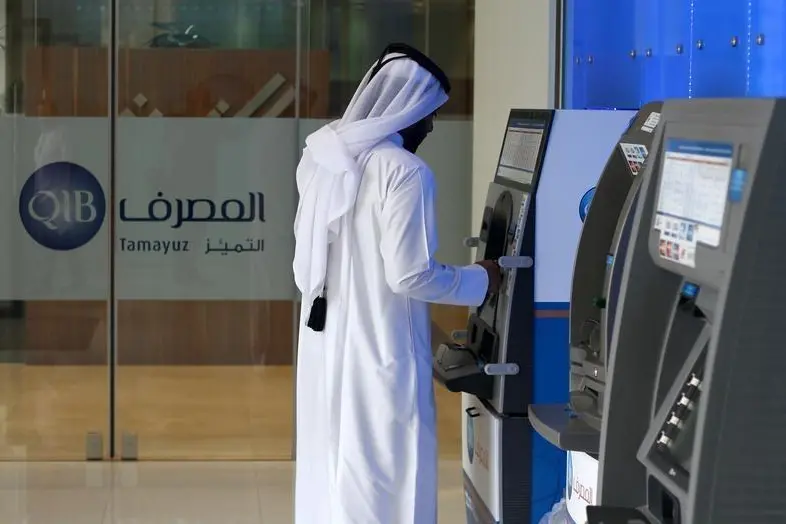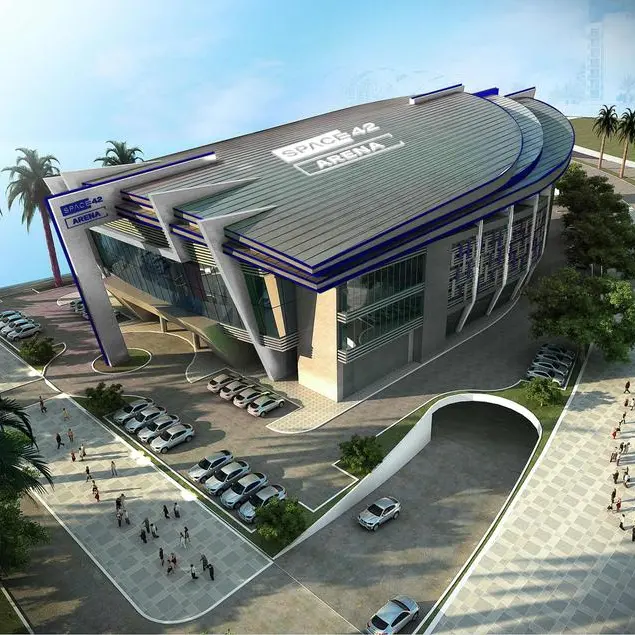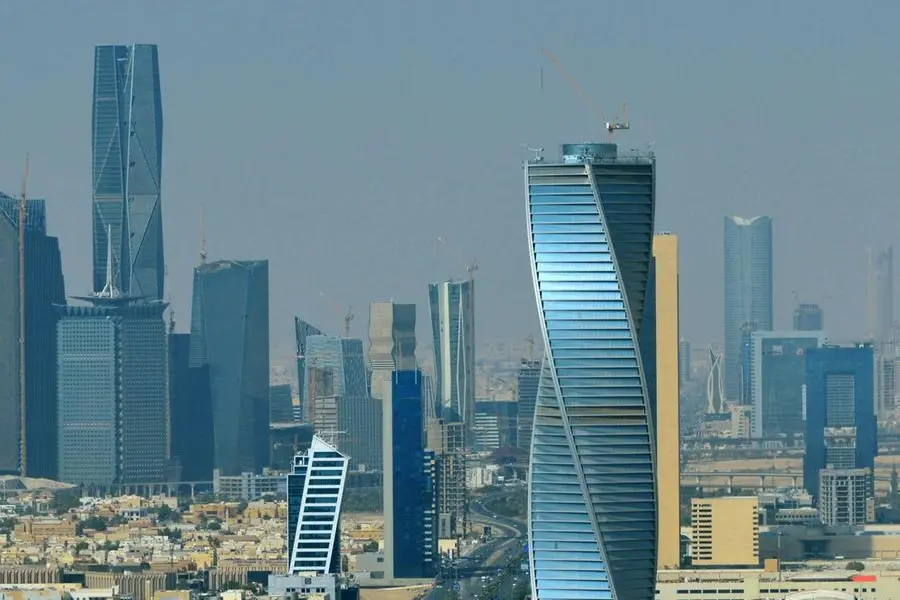PHOTO
A man withdraws money from an automated teller machine (ATM) at a branch of Qatar Islamic Bank in Doha April 13, 2016.
Sunday, Jul 24, 2016
Dubai: Qatar’s banking system is expected to remain stable despite the economic slowdown driven by low oil prices and the overall resilience is underpinned by the government’s continued deployment of its ample resources to maintain capital expenditure according to rating agency Moody’s.
“Banks’ creditworthiness will remain broadly resilient. This resilience will help maintain solid economic growth and create a supportive environment for the country’s banks. We expect bank earnings to decline slightly but to remain strong overall,” said Nitish Bhojnagarwala, as Assistant Vice President at Moody’s.
Although problem loans are expected to rise modestly, capital buffers will remain sound and Qatari banks will continue to display one of the best loan performances among GCC countries.
Moody’s analysts see the operating environment in Qatar is supportive to continued growth for the banking sector with the real GDP growth of 4.1 per cent for 2016 despite continued low oil prices. Strong government spending on infrastructure projects is expected to drive economic expansion and support the Fifa World Cup in 2022. While GDP growth has slowed over the last few years from extremely high rates — around 13.4 per cent in 2006-2014 — Qatar’s economic growth still remains the strongest in the GCC.
The high level of public spending is expected to translate into 8 per cent growth in the non-hydrocarbon sector for 2016, down from 11 per cent over recent years. Accordingly, domestic credit growth will slow to a still high 10 per cent for 2016 and 2017, down from a peak of 15 per cent in 2015.
“The slowing economy and challenges in the construction and contracting sector [due to project rationalisation and delays] will put some pressure on loan performance, although we expect only modest deterioration in asset quality metrics given the relatively favourable operating environment that we expect will prevail in Qatar over the next 12-18months,” said Bhojnagarwala.
Regulations
In addition to elevated government spending in the economy that contributes to maintain robust economic growth, Qatari banks’ large proportion of high quality government-related loans, accounting for 33 per cent of the sector-wide loan book as of March 2016 and regulations introduced in the last few years to tighten underwriting standards, will keep non-performing loans (NPLs) below global peers to around 2 per cent of gross loans by the beginning of 2017, up from 1.5 per cent as of December 2015.
Qatari banks continue to maintain strong capital adequacy ratios, despite strong lending growth in the recent years. “We expect underlying capital buffers to stabilise after the recent growth-driven decline, driven by slower credit growth combined with higher profit retention,” said Bhojnagarwala.
Profitability is expected to weaken further over 2016 but remain solid overall, with return-on-assets declining to around 1.7 per cent for 2016 from 1.9 per cent in 2015. Rising funding costs, competitive pressures driving down yields and increased provisioning expenses are likely to add to pressure on profitability while continued high lending volumes, the potential for higher asset re-pricing and strong efficiency will moderate these pressures. In addition, the strong support extended by Qatari authorities to banks in case of need makes the banking systems stable in its outlook.
Factbox: Funding challenges to persist
Banks in Qatar are still likely to face funding shortfalls despite the overall resilience in the operating environment. The continued credit growth, compounded by a sizeable reduction in deposit inflows from the government and related entities due to lower oil prices are expected to apply pressure on loans to deposit ratios.
Aggregate deposit levels from government related entities had recently fallen to 32 per cent of the system total as of March 2016, down from 42 per cent since 2013 creating a funding gap. Consequently, banks’ reliance on market funding is likely to go up in 2016 and 2017, raising refinancing risks and hence leaving the banks more vulnerable to shifts in market sentiment.
Rating agency Moody’s expects Qatari banks’ liquid assets to remain at around a healthy 25 per cent of total assets — down from around 28 per cent as of December 2014 — as banks’ continue to raise additional liquidity in capital markets.
Sustained lower oil prices will continue to reduce the flow of deposits from the government, the largest depositor in the system and as a result, banks are likely to further increase their reliance on expensive market funding to support their lending growth into 2017.
By Babu Das Augustine Banking Editor
Gulf News 2016. All rights reserved.





















